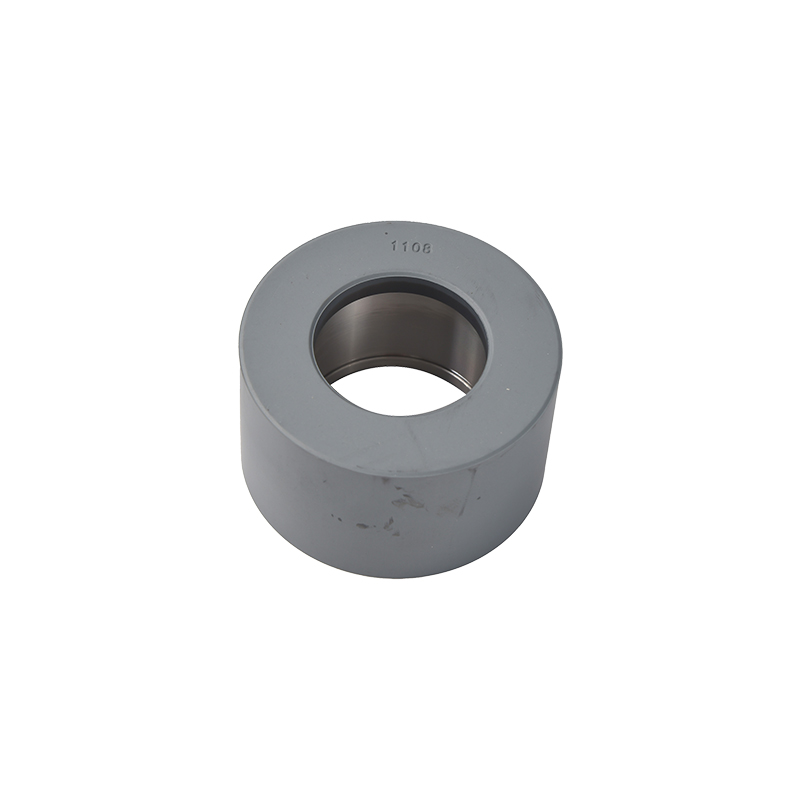The tensioner has two parts: the base and the wheel, the base is fixed on the engine casing, and the wheel is pressed together with the belt. A torsion spring is used as a flexible connection between the wheel and the base, and the tension comes from this spring. The tensioner has two characteristics, one is independent idling, and the other is that it only rolls on the outside of the belt (the wheels of other components are hung on the inside of the belt).
The belt tensioner pulley will vibrate during the movement, and the belt elasticity will also deteriorate over time, causing it to stretch longer and longer, so it is easy to loosen and fall off. The task of the tensioner is to tighten it, which is where the name of the tensioner comes from.
What are the possible reasons for the abnormal noise of the tensioner?
Torsion spring loses performance
Under normal circumstances, the force of the spring is very large, and it cannot be twisted by hand. If you can easily twist it, it means that it is broken. Once the spring does not provide enough tension, the belt will vibrate and cause noise.
Tensioner bearing deformation
When the tensioner is working, it rotates at a high speed. If the bearing is deformed or the grease leaks, the wheel will vibrate at a high frequency, resulting in abnormal noise.
Belt loses elasticity
The belt is a rubber product, and like a tire, it also has a life limit. After a long time, the belt becomes hard and brittle, and the movement will not be so smooth, so it will vibrate with the tensioner, which is also one of the reasons for the noise.


 简体中文
简体中文 English
English













